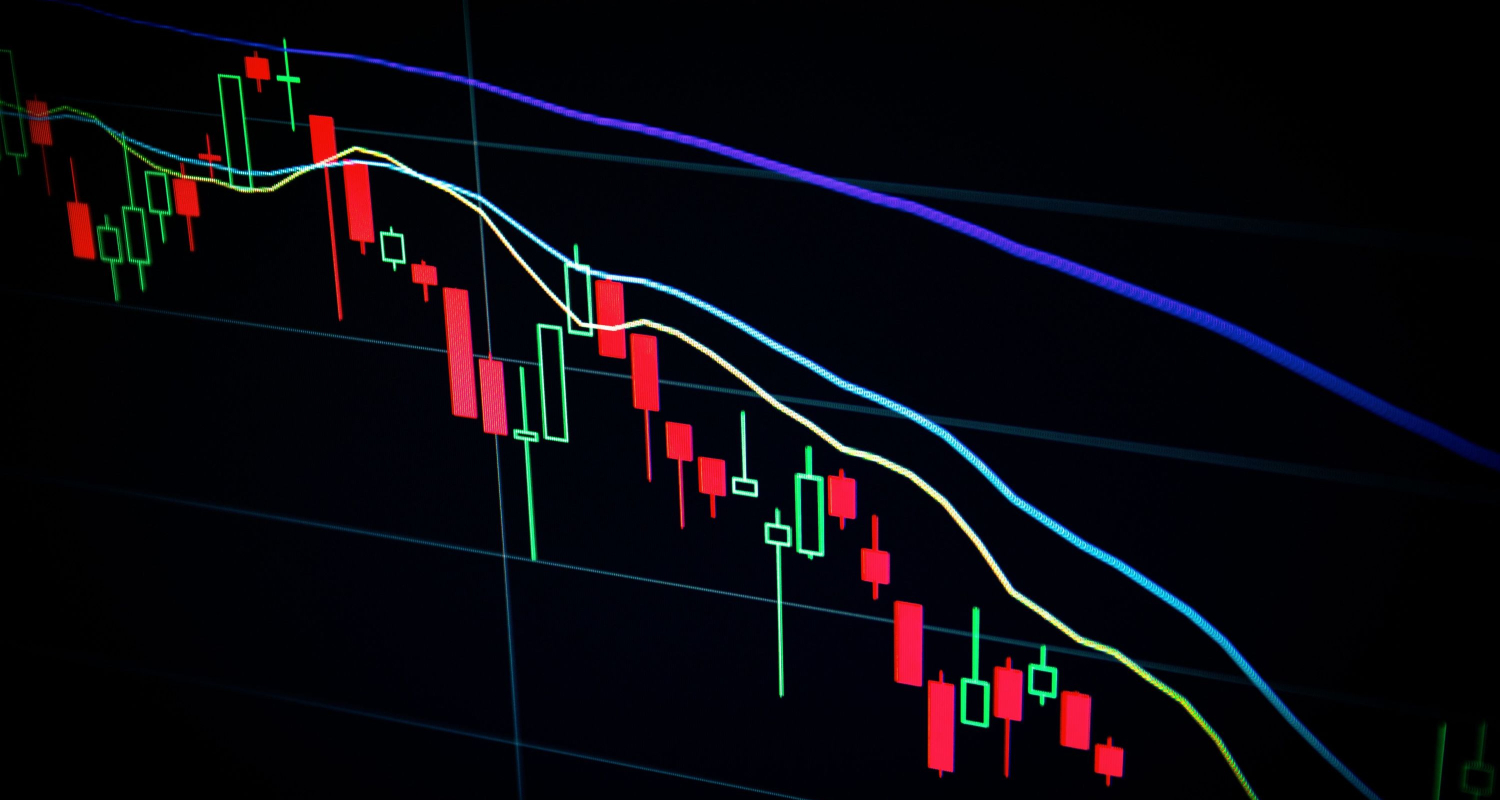Starting with understanding Forex trading, you first focus on studying and interpreting trading signals. On ForexStore, signals from various indicators are a crucial part of technical analysis. This means you can learn some of the hands and their values.
Choosing key indicators to grasp signals is vital for trading success, minimizing risks, and preserving financial stability.
What Are Forex Signals?
A trading signal is an indicator based on specific algorithms, mathematical models, historical data, and the current market conditions. By using such data, it becomes easier to access the necessary information for realizing potentially profitable trading opportunities.

By the way, the number of trading signals you can use is the main answer to the difference between MetaTrader 4 and MetaTrader 5 since there are more in MT5. Therefore, a trader has a broader selection of tools that align optimally with their trading plan and strategy.
How Do Forex Signals Work?
For a better understanding of Forex signals, you need to grasp how they work. A signal triggers based on historical data and current market conditions. By comparing recent data with historical data, a signal is generated, which traders can use to profit from buying or selling assets.

Signals are a fundamental tool in technical analysis since they are mathematical models based on different data. Thus, signals may sometimes not match, and traders cross-verify data generated by one indicator with indicators, allowing them to make informed decisions.
To ensure that traders don’t miss essential signals, they can not only appear on charts but also be sent as notifications.
Types of Forex Signals
Forex signals can come in various forms: manual or automatic, technical or fundamental. There are signals for copy trading, as well as signals provided by other traders. The most popular signals are technical ones based on price charts.

Traders can look for intersections of moving averages, support and resistance levels, overbought and oversold levels, candlestick formations, and price indicators like RSI or MACD. Such Forex signals are explained in many educational materials, and learning how to interpret these signals is a crucial skill for every professional trader.
In contrast to technical signals, fundamental signals are formed based on news and geopolitical events that can impact changes in asset prices. This is why it’s crucial not only to look at charts and indicators but also to stay informed about global economic trends, stay updated on reports, central bank decisions, and more.
See Also: 8 Best Crypto Podcasts to Listen to in 2024
Benefits of Using Forex Signals
Forex signals allow traders to identify opportunities for successful asset buying or selling promptly. Specialized tools enable traders to follow their trading strategy, opening or closing trades immediately without manually tracking market changes.

Furthermore, prompt signal delivery, along with the necessary knowledge for correct interpretation, helps traders avoid unnecessary risks, increase profits, and reduce stress when executing transactions.
- Forex signals expand the horizons of possibilities, allowing traders to save time to conduct in-depth research. Signals are an efficient and professional tool designed for those who want to make well-informed decisions quickly.
- By using up-to-date expert information, traders gain a competitive advantage over colleagues who ignore such an opportunity.
- Understanding signals allows a deeper understanding of all market processes and the factors influencing price changes, trend formations, and market sentiments.
- Understanding how to read Forex signals and using these tools in everyday work allows for the automation of trading processes, enabling more productive work. By configuring signals to react to certain conditions, traders can employ trading robots and continue trading without constant monitoring.
- Signals inform strategy exploration, diversifying portfolios, and practicing short-term and long positions, fostering a well-rounded trading approach.
No single signal ensures 100% profitable trading. Success depends on a trader’s expertise, experience, and broader market knowledge.
Nonetheless, it’s a practical tool for timely responses to market changes, managing risks, and safeguarding investment portfolios.
See Also: 10 World’s Best Network Marketing Companies
Summary
Utilize trading signals to trade various asset classes. Access current info with explanations and forecasts to refine your strategy, increase profitable trades, and automate your trading system.
See Also: Top 10 Biggest Businesses in America (2024 Edition)
He is a Tech Geek, Gadget Expert, SEO Expert, Web Designer, and a Blogger. Having a technology background gives him a unique perspective!

